Browse Mission News
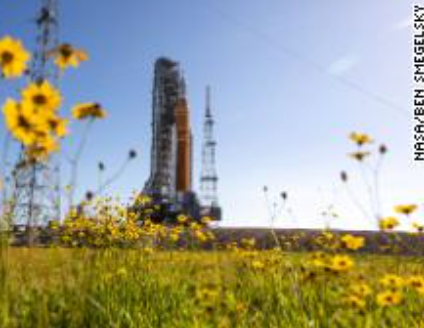 NASA/Ben Smegelsky
NASA/Ben SmegelskyArtemis moon rocket test
the wet dress rehearsal, simulated every stage of launch without the rocket leaving the launchpad at Kennedy Space Center in Florida. It included loading all four rocket tanks with supercold propellant, going through a full countdown and draining the rocket tanks. Possible launch windows for sending Artemis I on its journey to the moon starting in late summer: August 23 to August 29, September 2 to September 6 and beyond.
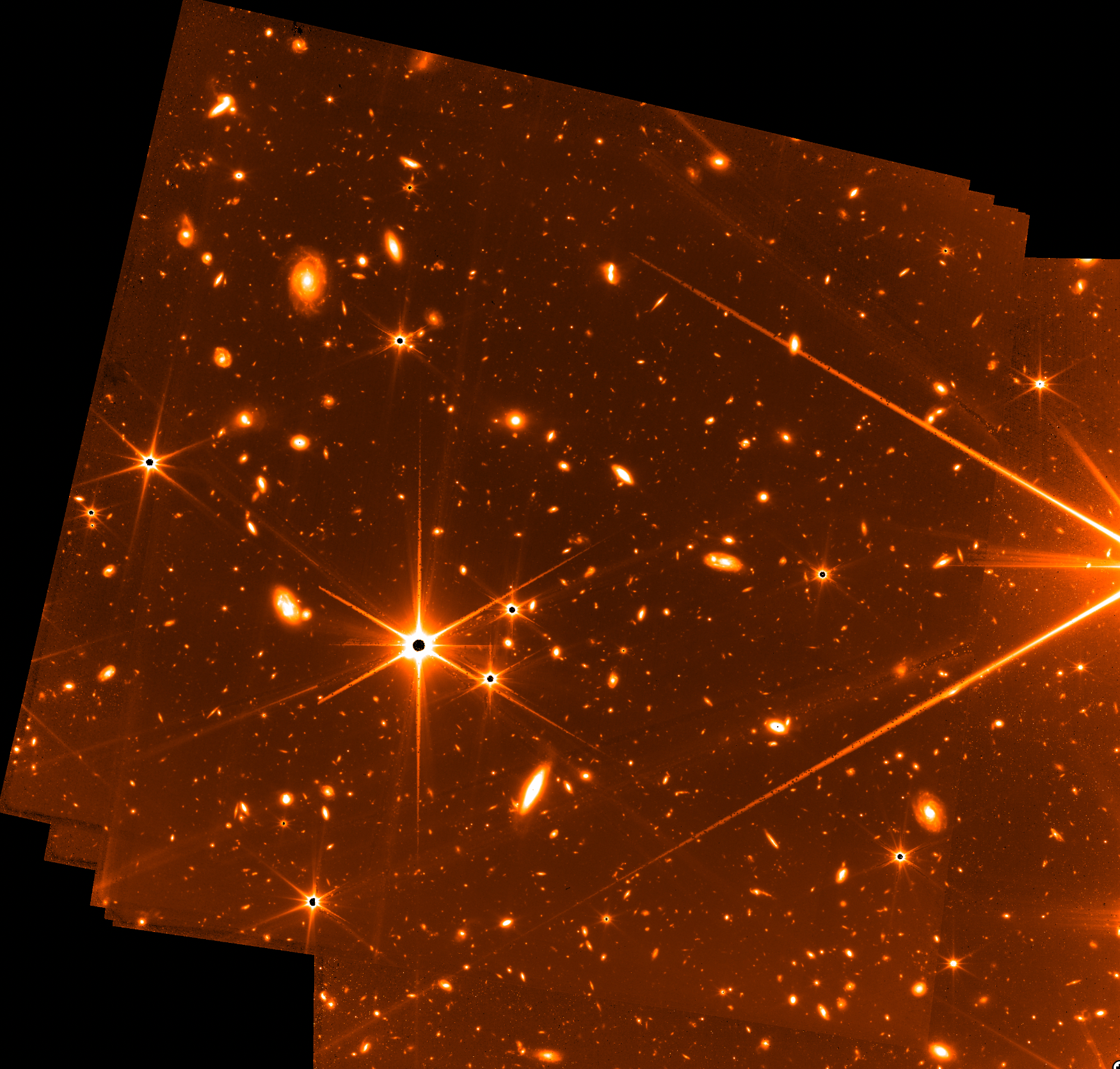 NASA, CSA, and FGS team
NASA, CSA, and FGS teamCountdown to Webbs first images
We're less than one week away from the July 12, 2022, release of the first science-quality images from NASA’s James Webb Space Telescope
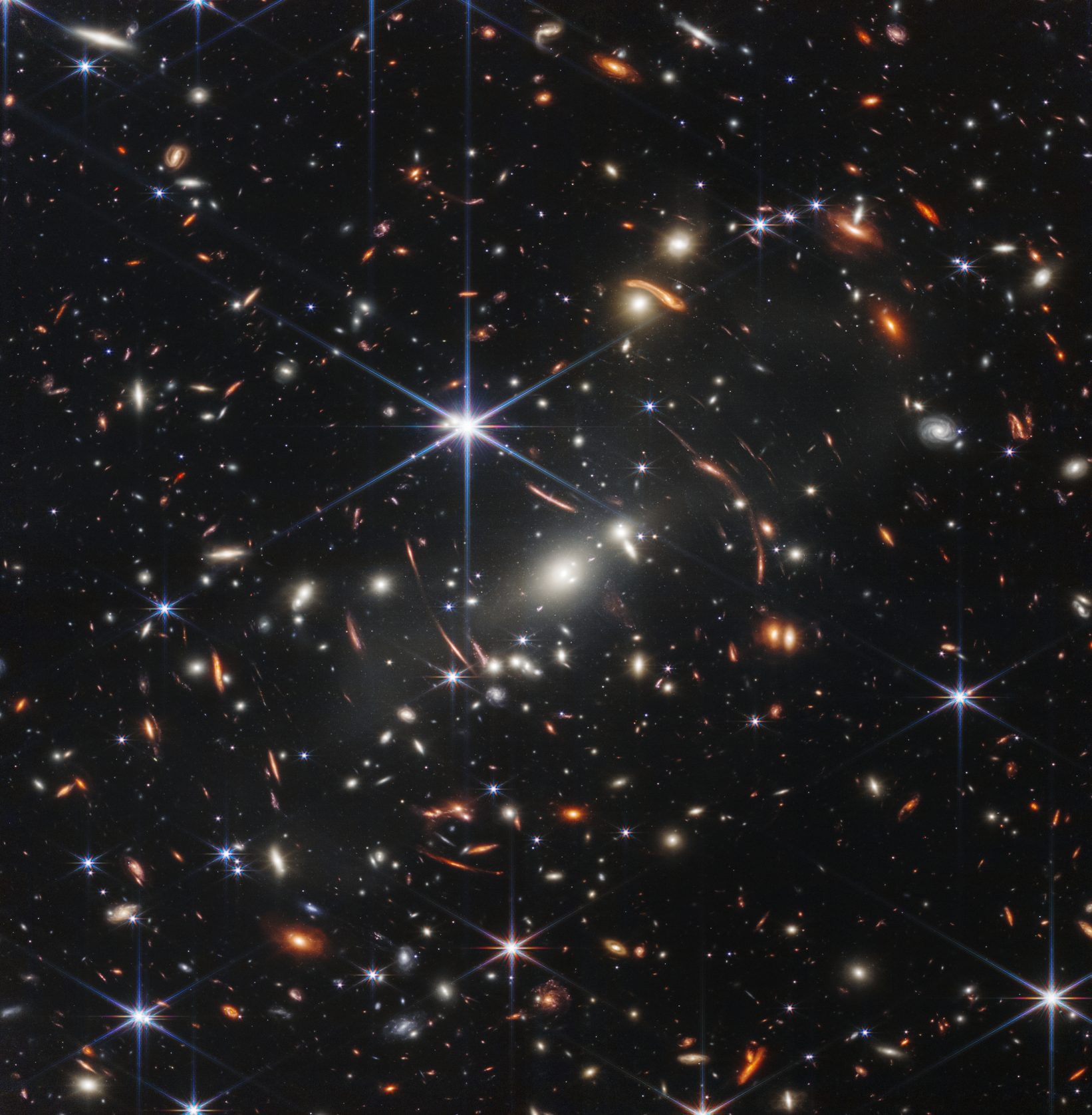 NASA, CSA, and FGS team
NASA, CSA, and FGS teamJWT First Deep Field
Named Webb’s First Deep Field, this image has produced the deepest and sharpest infrared image of the distant universe to date. Thousands of galaxies – including the faintest objects ever observed in the infrared – have appeared in Webb’s view for the first time.
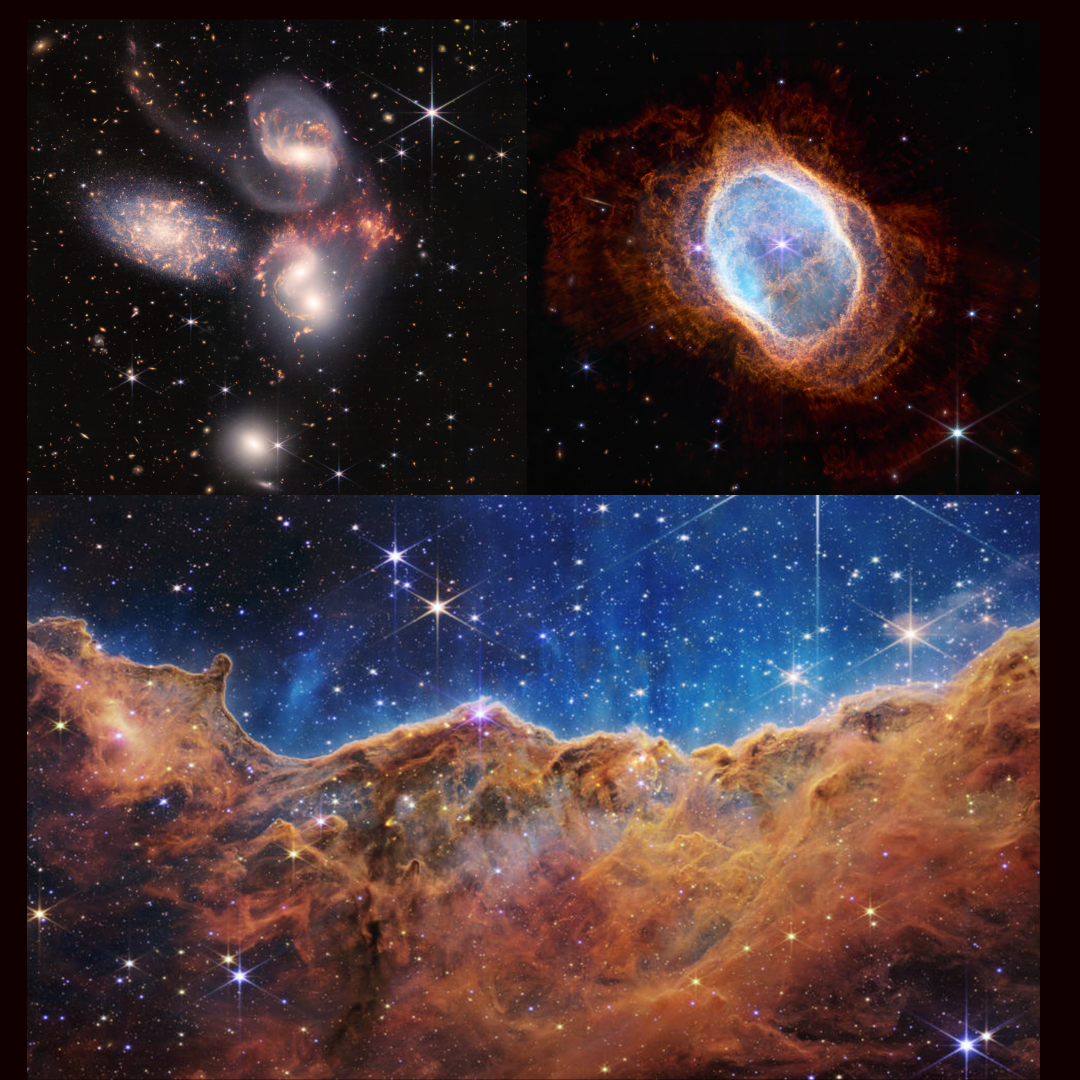
James Webb Reveals Stunning Images
First collection of images released from James Webb Space Telescope
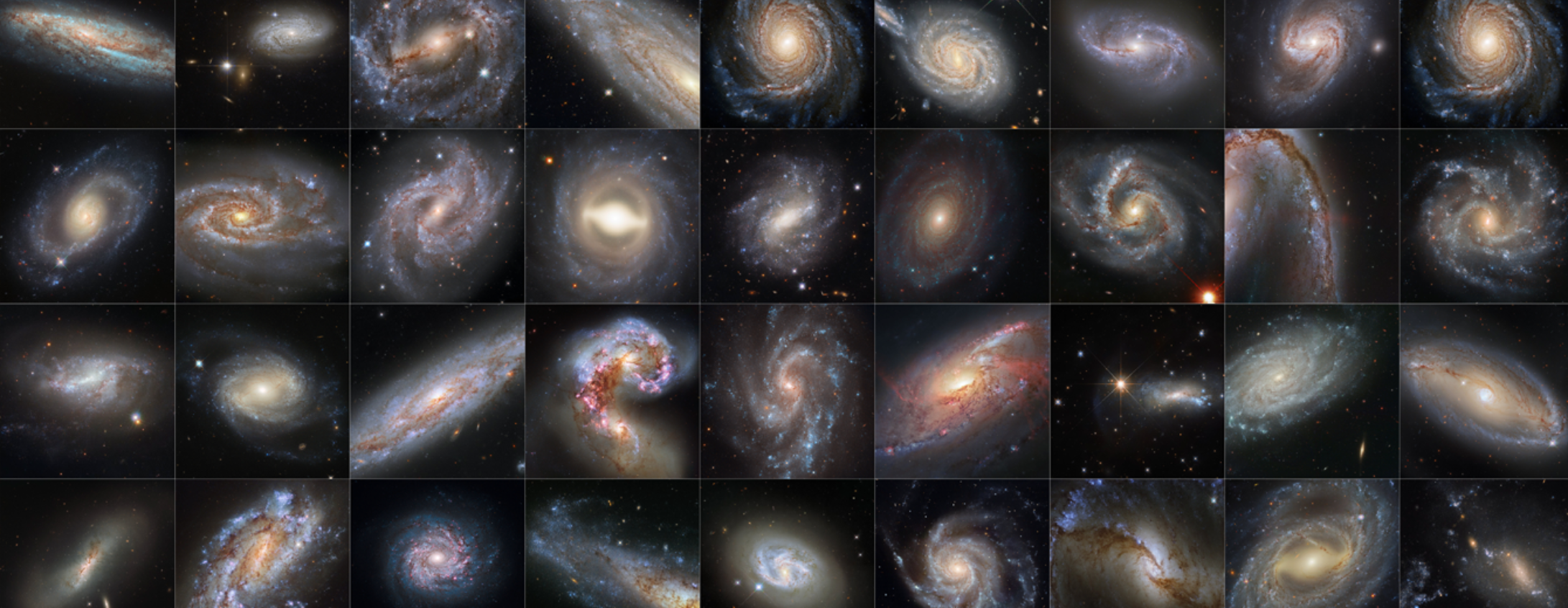 NASA, ESA, STScI
NASA, ESA, STScIHubble reaches new milestone
Completing a nearly 30-year marathon, NASA's Hubble Space Telescope has calibrated more than 40 'milepost markers' of space and time to help scientists precisely measure the expansion rate of the universe
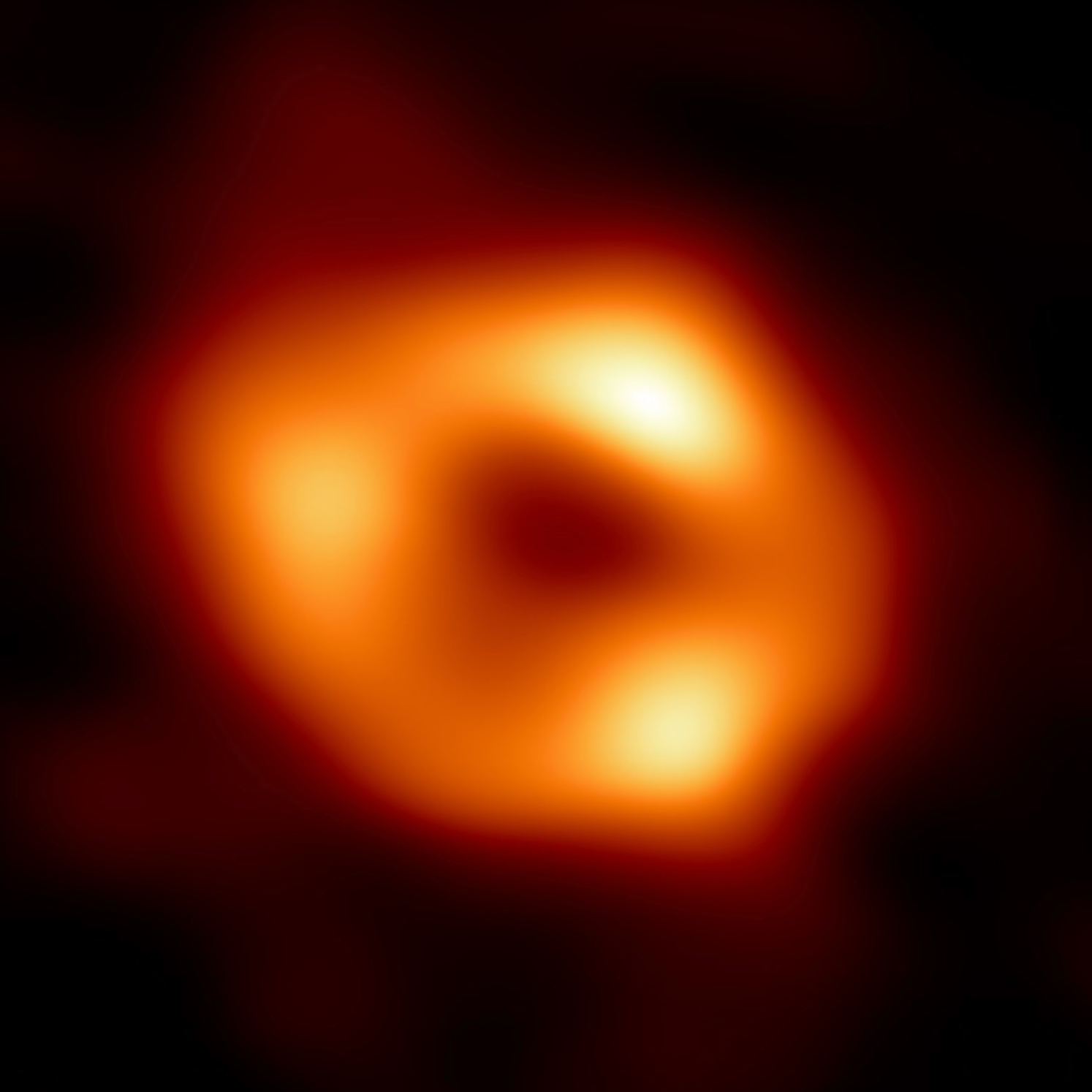 Event Horizon Telescope collaboration
Event Horizon Telescope collaborationSagittarius A*, at the centre of the Milky Way
A trio of NASA telescopes, in conjunction with others on the ground, is helping astronomers learn more about the Milky Way's supermassive black hole. A celestial object that has the mass of 4 million suns but could fit comfortably within the orbit of Mercury, the closest planet to the sun.
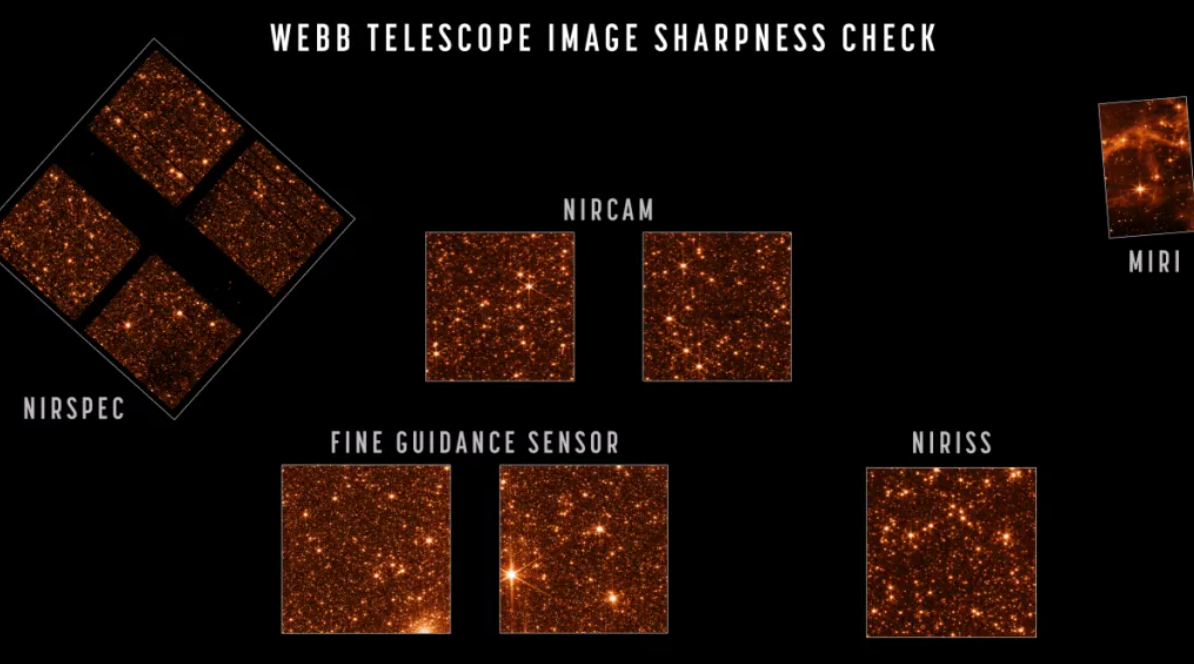 NASA
NASAWebb Alignment Complete
The three-month process of aligning the James Webb Space Telescope's instruments and mirrors is finally complete, according to a NASA statement released today (April 28). The agency shared sample images
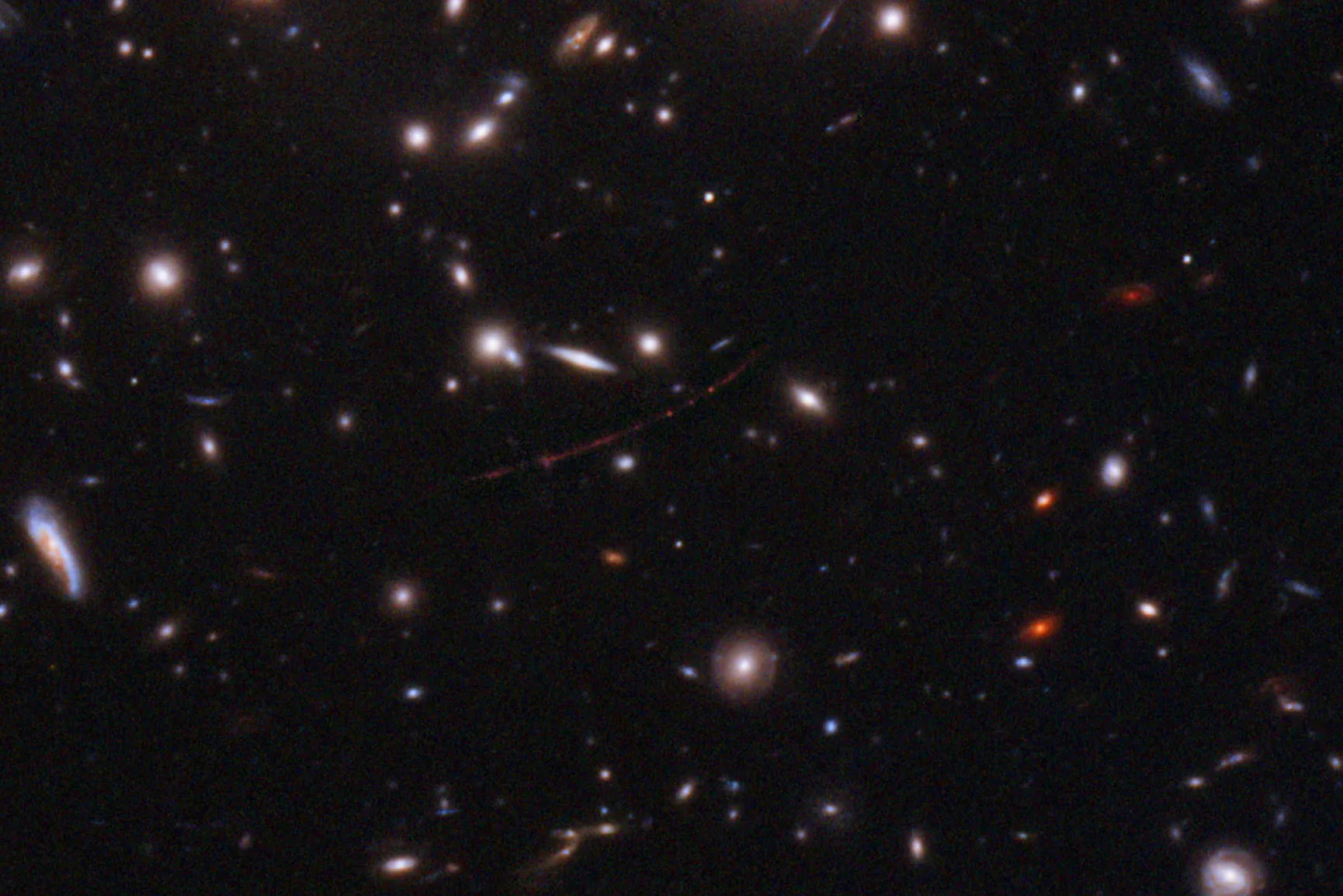 NASA/ESA/ALYSSA PAGAN (STSCI)
NASA/ESA/ALYSSA PAGAN (STSCI)Hubble spots farthest star
Earendel’s discovery offers a glimpse into the first billion years after the Big Bang, when the universe was just 7 percent of its current age. At 12.9 billion light-years away, it smashes the previous record of 9 billion, which was also set by Hubble when it observed a giant blue star called Icarus in 2018.
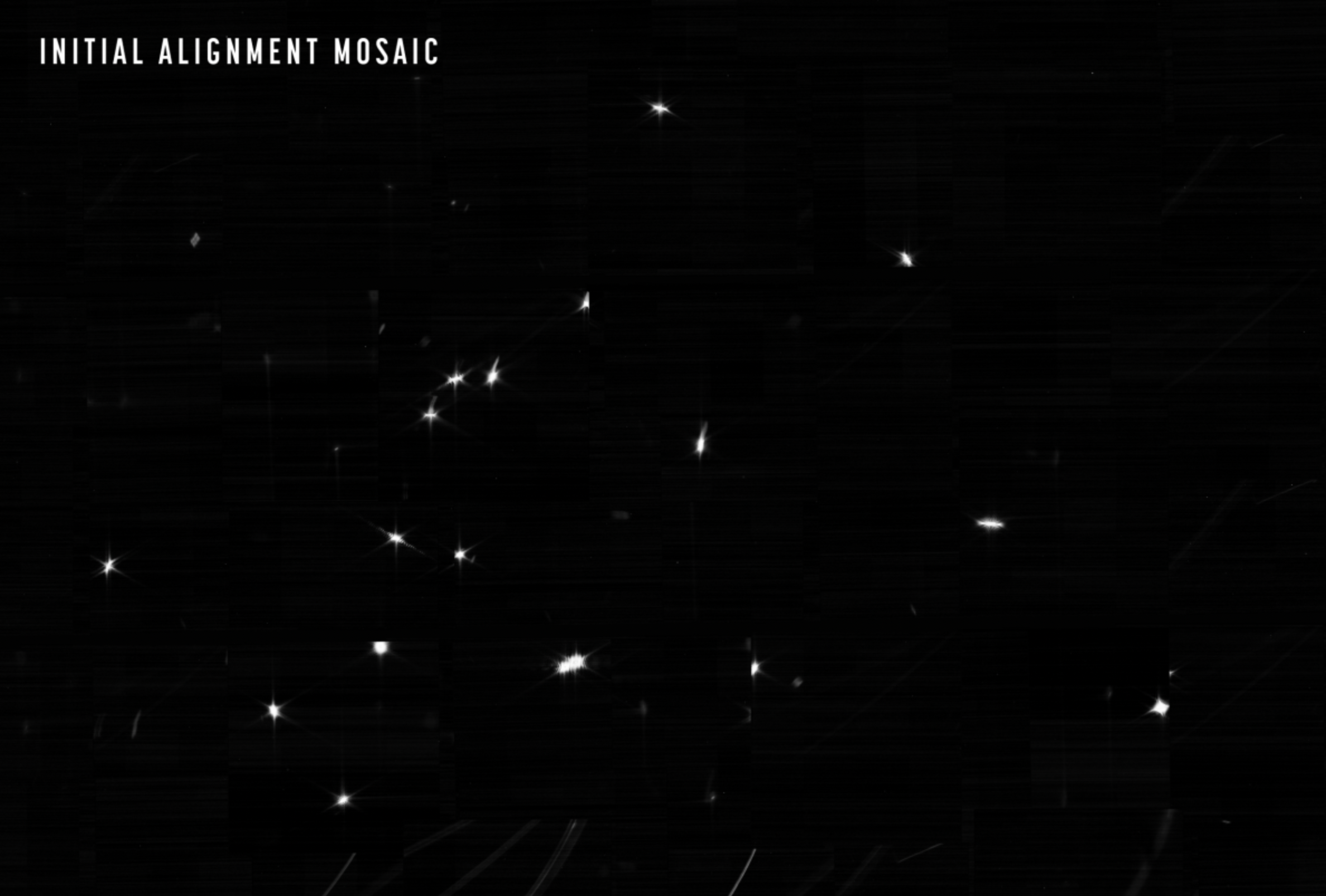 NASA
NASAStar light, star bright - the first starlight images from Webb
The first published image taken by the James Webb Space Telescope shows an image mosaic of 18 randomly organized dots of starlight created over 25 hours beginning on Feb. 2, 2022, during an ongoing process to align the observatory's segmented mirror. Over the next month, the team will gradually adjust the mirror segments until the 18 images become a single star. The first scientific images are expected to start being released this summer.
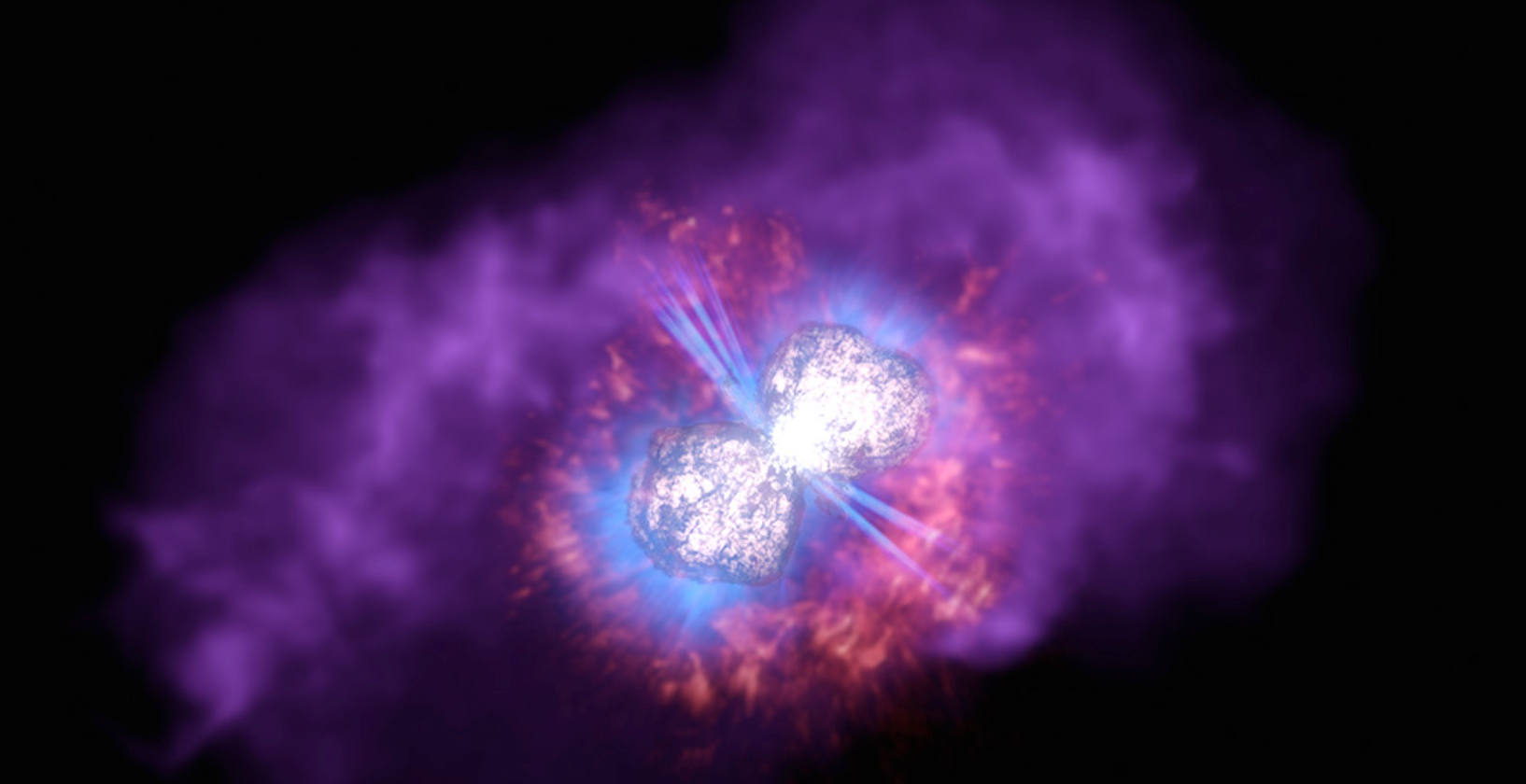 Ray Villard, Space Telescope Science Institute, Baltimore, Maryland
Ray Villard, Space Telescope Science Institute, Baltimore, Maryland3-D model of Great Eruption
A new astronomical visualization from NASA's Universe of Learning showcases the multiwavelength emissions (from infrared light through X-rays) and three-dimensional structures surrounding Eta Carinae, one of the most massive and eruptive stars in our galaxy. The video, 'Eta Carinae: The Great Eruption of a Massive Star', has been released on hubblesite.org and universe-of-learning.org. 'Spitzer's infrared image lets us peer through the dust that obscures our view in visible light to reveal the intricate details and extent of the Carina Nebula around this brilliant star,' commented Robert Hurt, lead visualization scientist at Caltech/IPAC and team member.
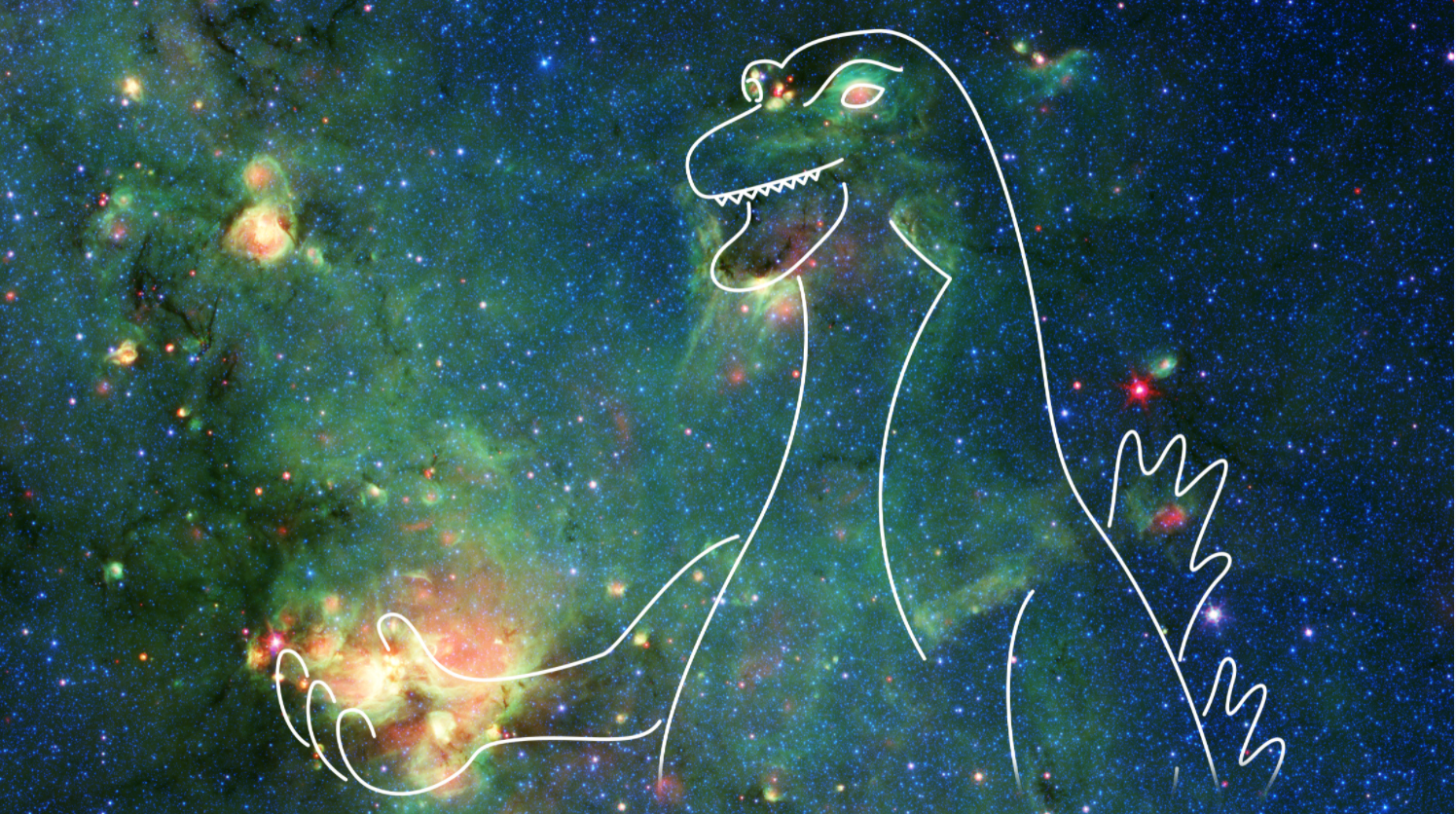 NASA/JPL-Caltech
NASA/JPL-CaltechGodzilla spotted in space
Caltech astronomer Robert Hurt , responsible for the majority of public images created from Spitzer data, spotted Godzilla in this image. This colorful image shows a nebula – a cloud of gas and dust in space – captured by NASA’s Spitzer Space Telescope. Over billions of years, countless stars have formed in the material there. During their lifetimes, the radiation they release carves away the gas and dust, reshaping the cloud. Major changes also occur when massive stars die and explode, becoming supernovae. When viewed in visible light, the kind human eyes can detect, this region is almost entirely obscured by dust clouds. But infrared light (wavelengths longer than what our eyes can perceive) can penetrate the clouds, revealing hidden regions like this one. Four colors (blue, cyan, green, and red) are used to represent different wavelengths of infrared light; yellow and white are combinations of those wavelengths. Blue and cyan represent wavelengths primarily emitted by stars; dust and organic molecules called hydrocarbons appear green; and warm dust that’s been heated by stars or supernovae appears red.
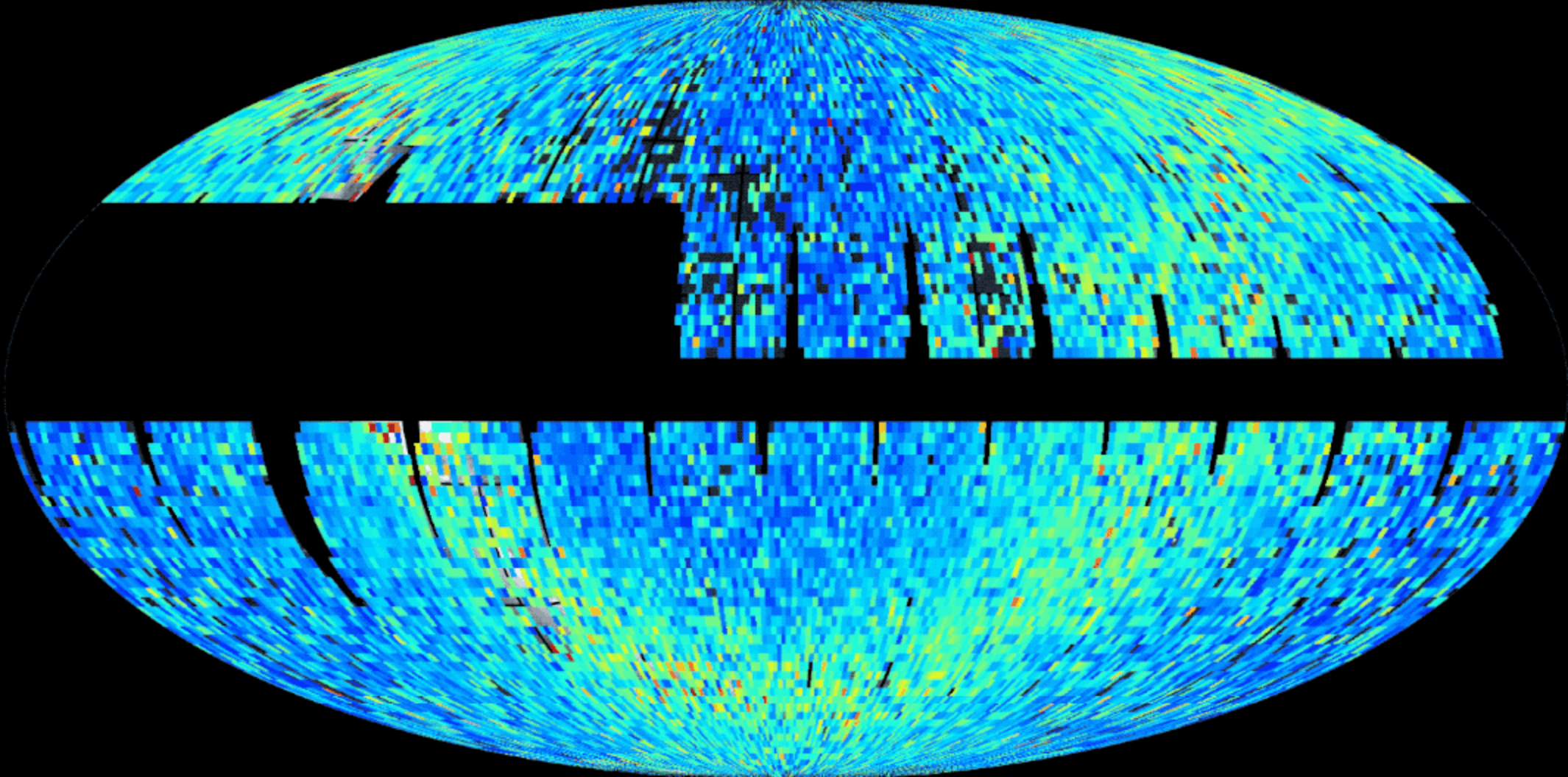 NASA/MIT/TESS and Ethan Kruse (USRA)
NASA/MIT/TESS and Ethan Kruse (USRA)A red giant concert in the sky
TESS monitors large swaths of the sky for about a month at a time using its four cameras. Its sensitive measurements of stellar brightness make TESS ideal for studying stellar oscillations, an area of research called asteroseismology. The stellar oscillations astronomers observe depend on each star’s interior structure, mass, and size. Larger stars produce longer, deeper pulsations than smaller ones. TESS’s broad coverage allows for measurements uniformly across almost the entire sky. During its two-year primary mission, TESS covered about 75% of the sky. The images were used to develop light curves – graphs of changing brightness – for nearly 24 million stars over 27 days. Machine learning was used to process the measurements. When the neural network finished processing all of the TESS data, it had identified a chorus of 158,505 pulsating red giants.
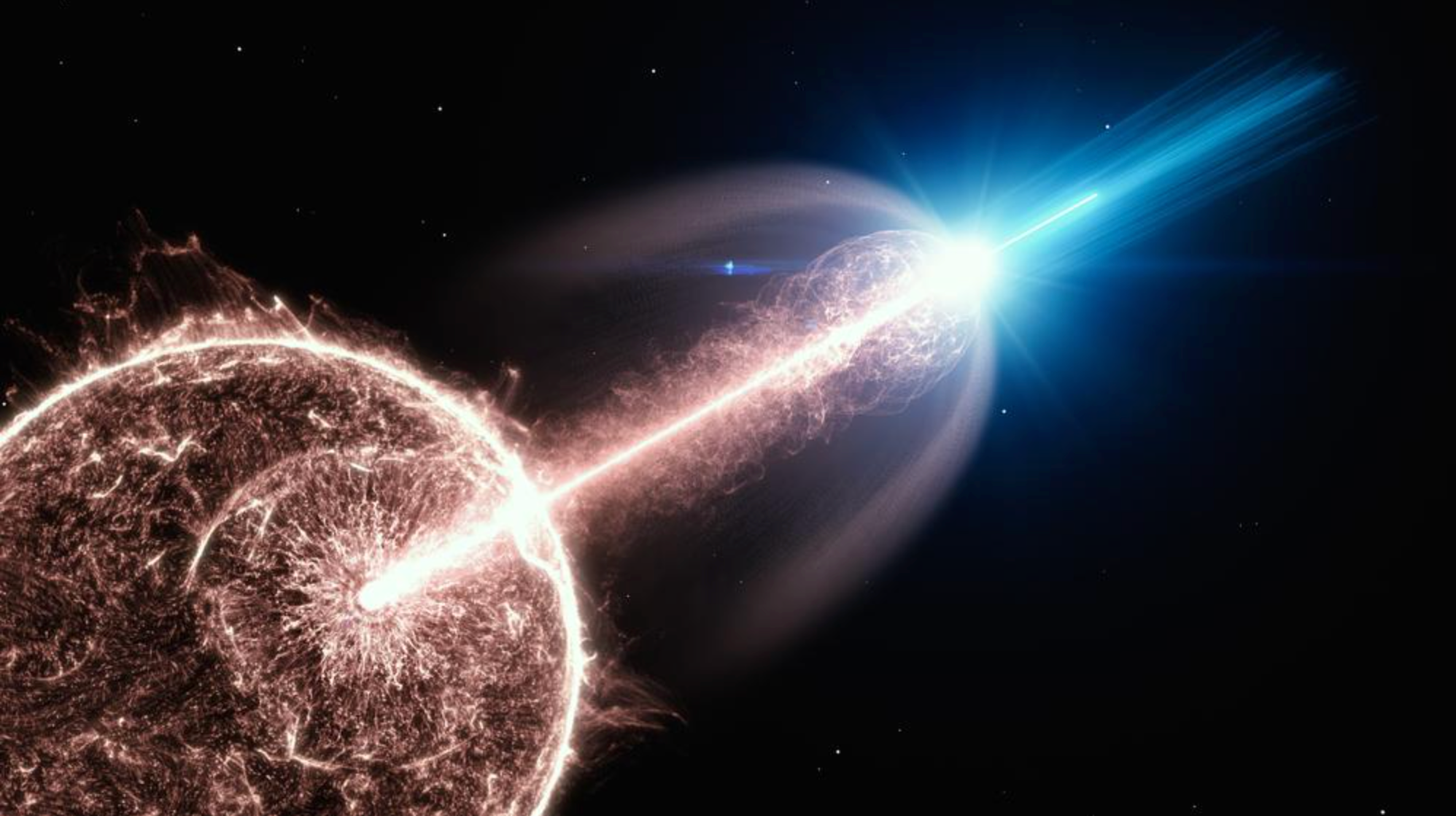 DESY, Science Communication Lab
DESY, Science Communication LabBright Burst
On 29 August 2019 the satellites Fermi and Swift detected a gamma-ray burst in the constellation of Eridanus. The event, catalogued as GRB 190829A according to its date of occurrence, turned out to be one of the nearest gamma-ray bursts observed so far, with a distance of about one billion lightyears. For comparison: The typical gamma-ray burst is about 20 billion lightyears away. “We were really sitting in the front row when this gamma-ray burst happened,” explains co-author Andrew Taylor from DESY
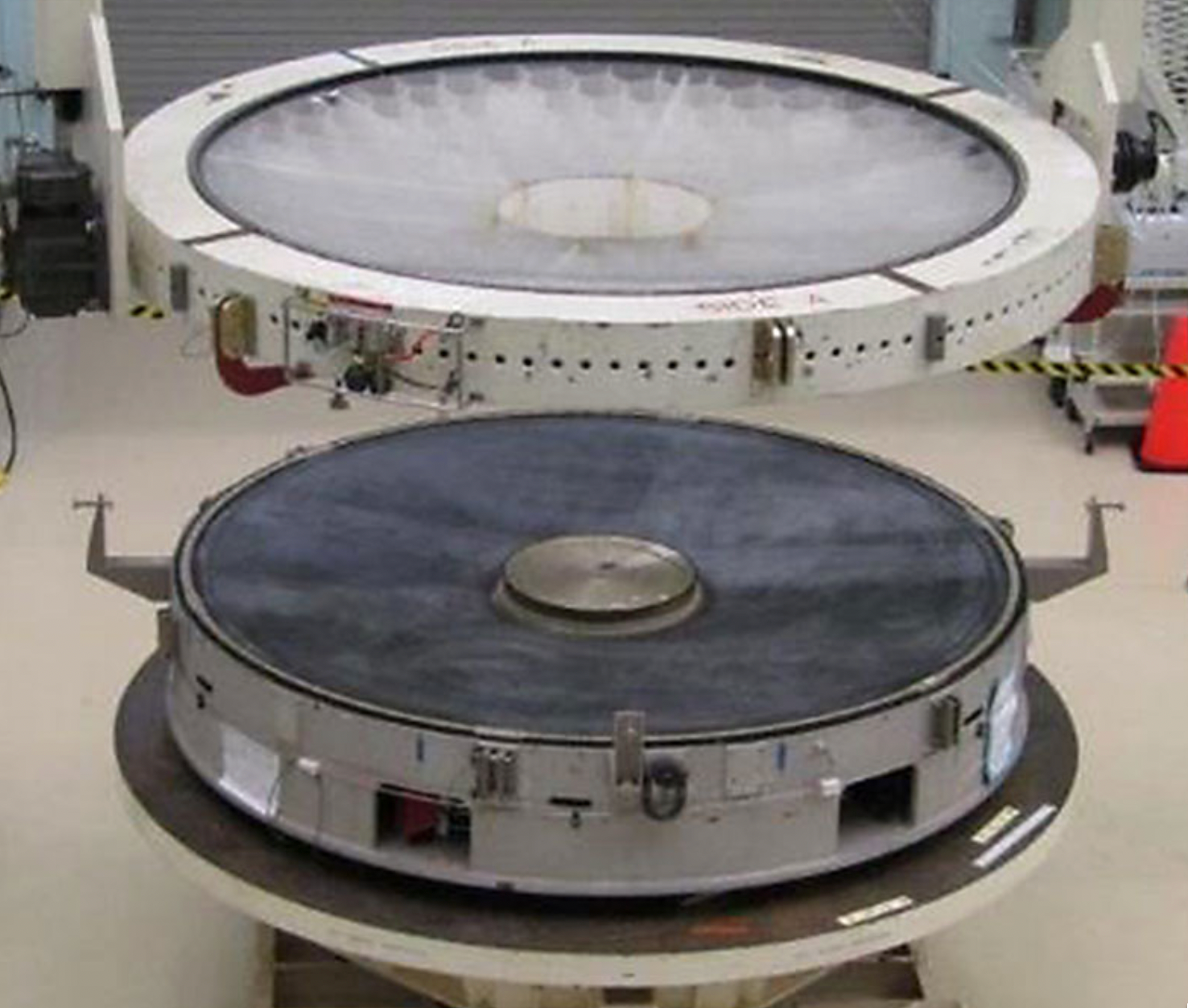 NASA
NASAField of view much larger than Hubble's
The Wide-Field Infrared Survey Telescope (WFIRST), targeted for launch in 2025–2026, will have a field of view 100 times larger than Hubble's with comparable sensitivity and resolution. WFIRST's Wide Field Instrument (WFI) will provide survey-sized imaging and slitless spectroscopy data sets with space-based resolution, achieving survey speeds hundreds to a thousand times faster than possible with Hubble. WFIRST surveys will enable in-depth investigations in many areas of astrophysics where existing facilities have thus far provided only tantalizing glimpses. WFIRST also includes a technology demonstration Coronagraphic Instrument that will provide orders-of-magnitude improvement in contrast over existing coronagraphs, and push forward our ability to directly image and characterize exoplanets.
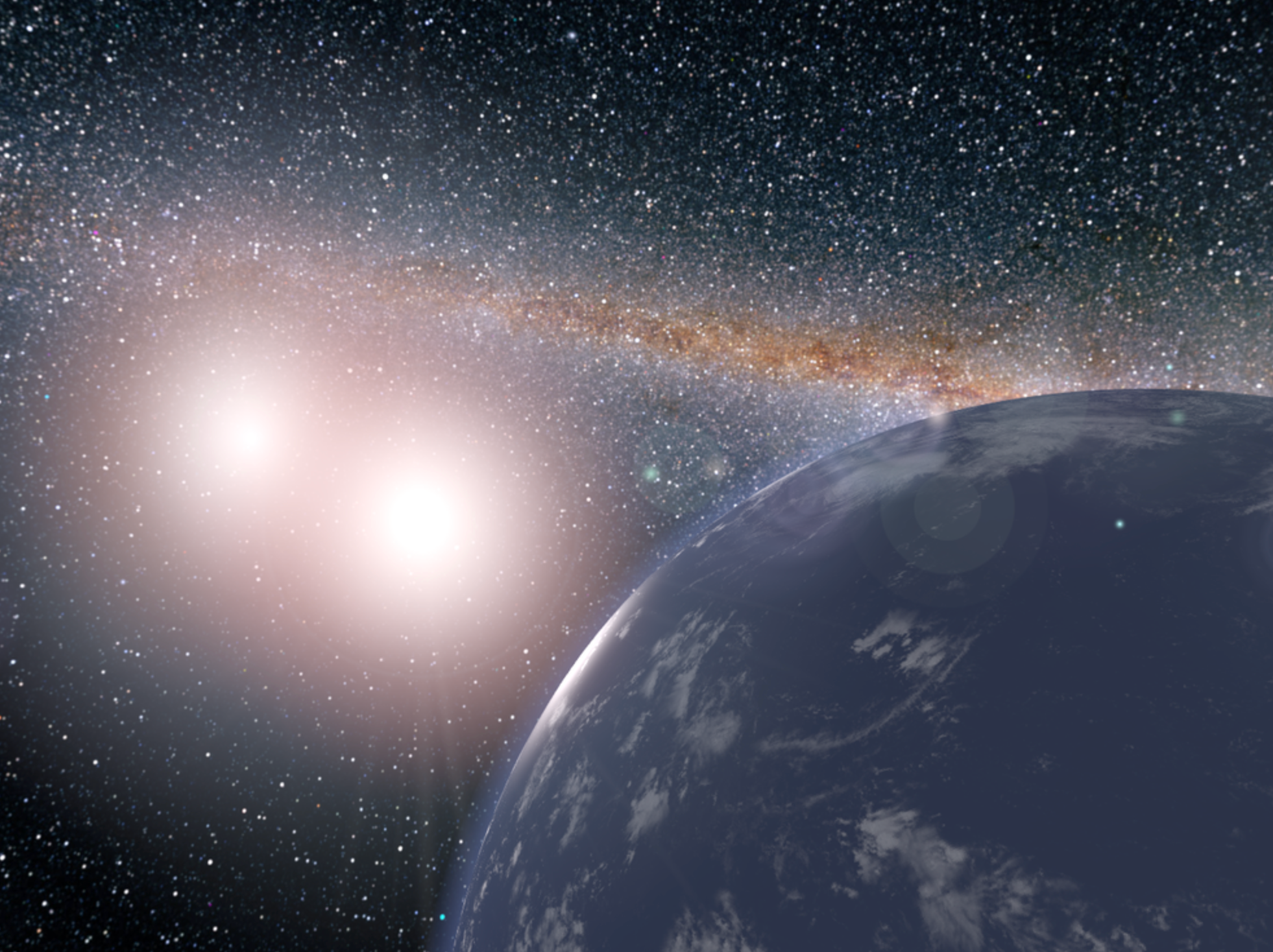 NASA/JPL-Caltech
NASA/JPL-Caltech